On June 25, 2015, Prime Minister Narendra Modi launched the Smart City Mission. The objective of this mission was to make 100 cities in the country smart by developing institutional, physical, social and economic infrastructure by the end of the year 2020. Later its deadline was extended to June 2023. But now it is likely to be completed by June 2024. Recently, the Standing Committee of the Parliament, while presenting its report in the Lok Sabha, has said that out of the total 7,970 projects, 400 projects will not be completed even by the end of this year.
Ground Report took stock of the work done under the Smart City Mission in Madhya Pradesh’s capital Bhopal. There were supposed to be projects for 24-hour tap water supply, sewage treatment, water recycling, suction-based automatic extraction of waste, and optimization of city resources through “Reduce, Reuse and Recycle”, 10% from renewable energy. Furthermore, proposals for providing electricity, smart grid construction, 100 per cent power backup, centralized cooling and heating systems for commercial and retail spaces, construction of bicycle lanes, 80 per cent green-rated buildings and creating green townships were put forward under the Smart City Mission. But, 8 after years have passed, most of these smart initiatives are not visible on the ground.
In the report, we intend to understand the dichotomy of development, smart cities, and the environment.
Smart Cities of MP
In the first phase of the Smart City Mission, Bhopal, Indore and Jabalpur were selected from Madhya Pradesh. Later, Gwalior, Sagar, Satna and Ujjain were included in it. A total of Rs 98,000 was estimated to be spent on each smart city. Out of which Rs 48,000 was to be invested by the central government and the rest by the state.
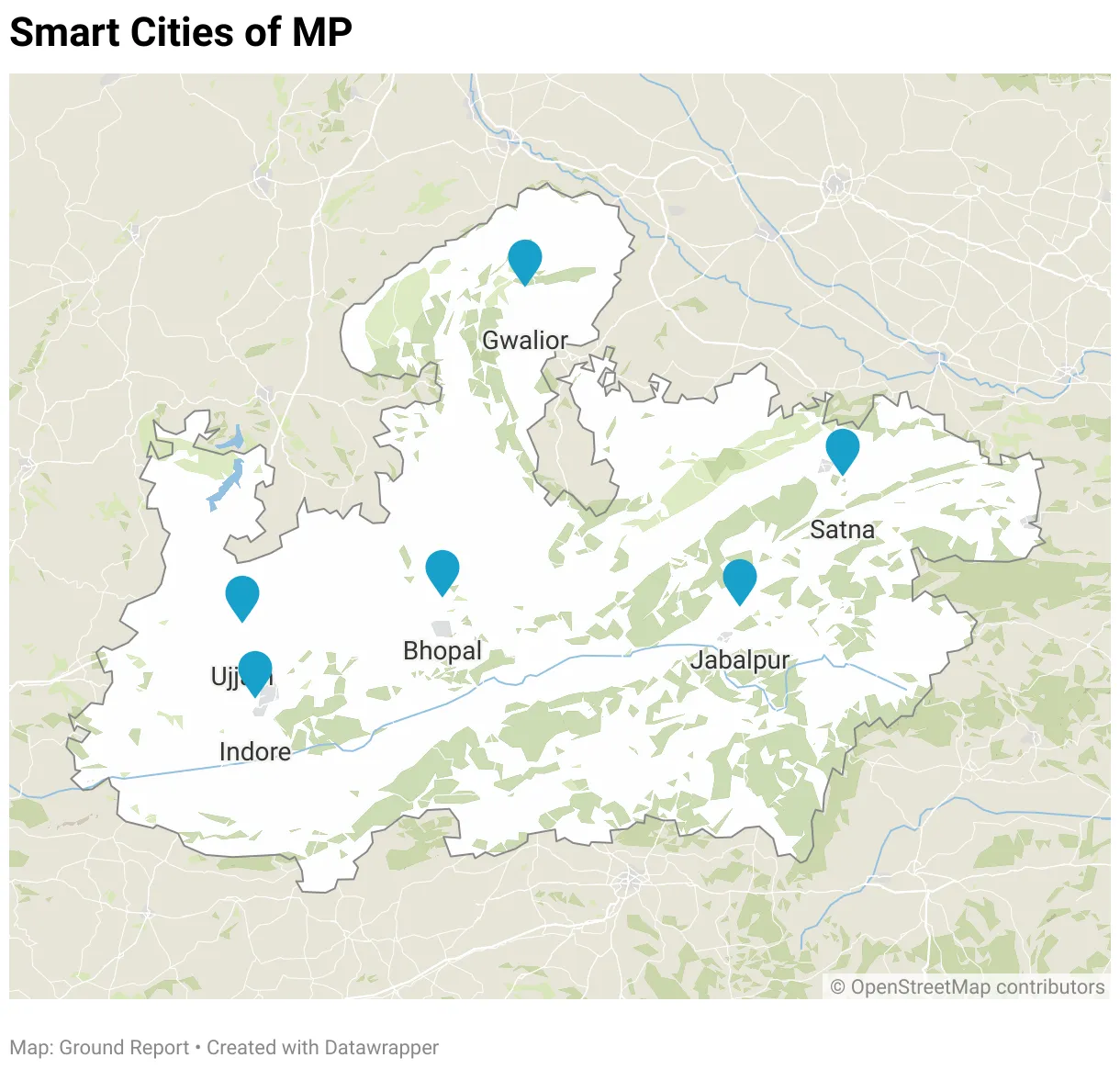
The Smart City Mission does not make the entire city smart at once. Rather, it utilises an area-based strategy, which is then replicated in other parts of the city. In the context of Bhopal, 342 acres of land in TT Nagar were selected for the Smart City Mission. The strategic components of Area Based Development are city improvement (retrofitting), city renewal (redevelopment), city expansion (greenfield development) and a pan-city initiative in which smart solutions are implemented covering large parts of the city. The authorities responsible for the implementation of Smart City, such as Municipal Corporation, decide in their project proposal under which model/strategy it will work. They can adopt one or more or even mix strategies.

Bhopal Smart City
Bhopal has to be made smart mainly through two types of strategies. First is Area Based Development (ABD) and second is Pan City Development. Under Area Based Development, North and South TT Nagar (Tatya Tope Nagar) spread over 342 acres is being developed. The project cost for this was Rs 3,440.9 crore and the target was to collect revenue of Rs 5,578.2 crore. According to Bhopal Smart City Development Corporation Limited (BSCDCL) itself, this ABD was to be ‘state of the art’.
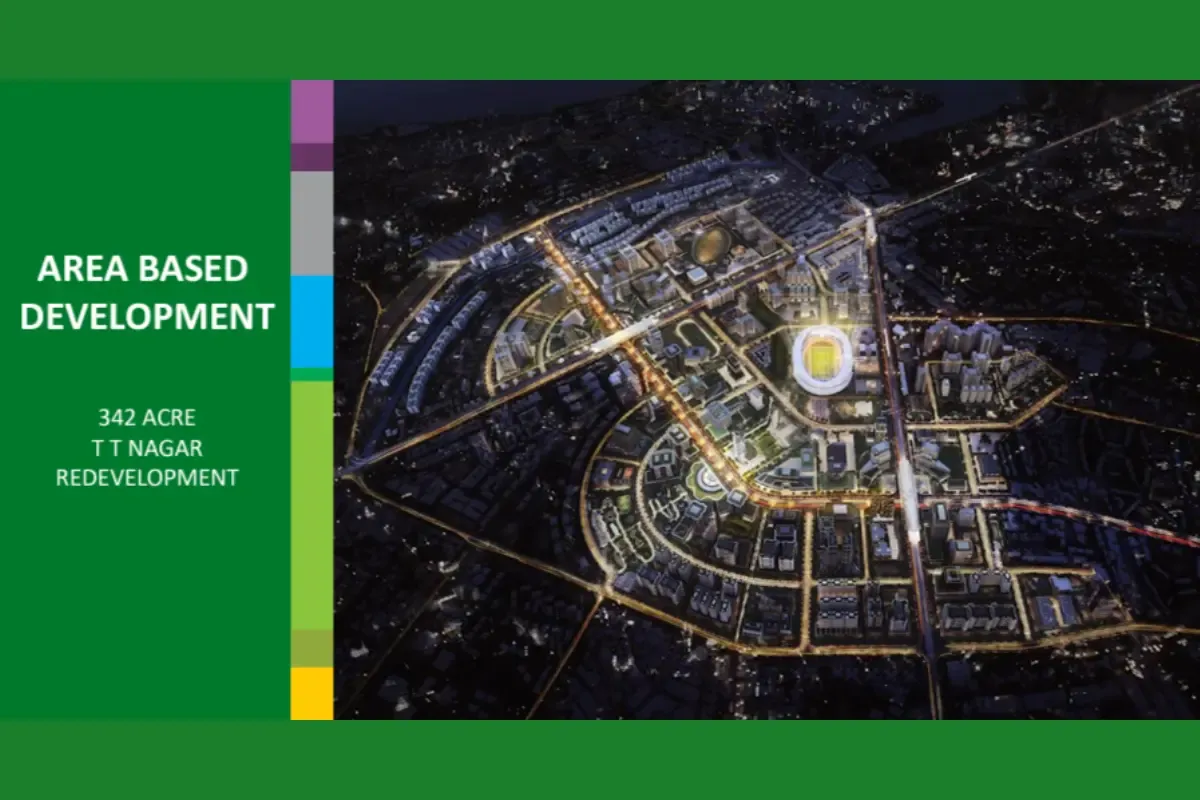
Land monetization
Under the Smart City Project, Bhopal chose the option of land monetization for revenue generation. Under this, the government was going to give some plots in the area under the ABD project to private players. This is likely to help in the development of sustainable projects and boost the real estate industry of the city.
A total of 42 plots were opened for monetization by the corporation. Of these, 4 plots were also monetized (SAAR, Pg. 226). The total price of these plots was Rs 268.47 crore. However, apart from this, the information about how many more plots have been monetized till now is not public. The SAAR (Smart Cities and Academia towards Action and Research) report in this regard pointed out the lack of ‘vision’. The report said that the place was divided into small plots by the corporation due to which no big investor was attracted towards it.
But, there is a bigger question here. Can the success of this mission be determined merely by the completion of projects? This mission was said to make cities convenient and environmentally sustainable. In such a situation, it is important to see whether the projects that have been completed so far or are likely to be completed in the future, are environmentally sustainable.

Only 2 out of 7 cities took environmental approval
According to the notification of the Ministry of Environment and Forests dated September 14, 2006, it is necessary to obtain environmental clearance for large-scale construction work. As per the information obtained under the Right to Information Act by Bhopal-based RTI activist Ajay Dubey, environmental clearance has not been taken by 5 out of the 7 proposed cities of Madhya Pradesh. According to the documents obtained by Ground Report, only Satna and Bhopal have received this approval.
Due to the Smart City Project in Bhopal, 8,750 trees have been cut between 2020 and 2022. Whereas for Indore this figure is only 92. However, Indore-based columnist Chinmay Mishra himself says,
“The part of Indore that has been taken for a smart city is the old city. There is already a dense settlement here.”
He says that many trees are being cut in the name of development in Indore but they are not directly counted under smart city in the figures. It is noteworthy that last year, 257 trees were cut for the construction of a flyover in Indore. The trees that were cut in Bhopal were fully grown trees.
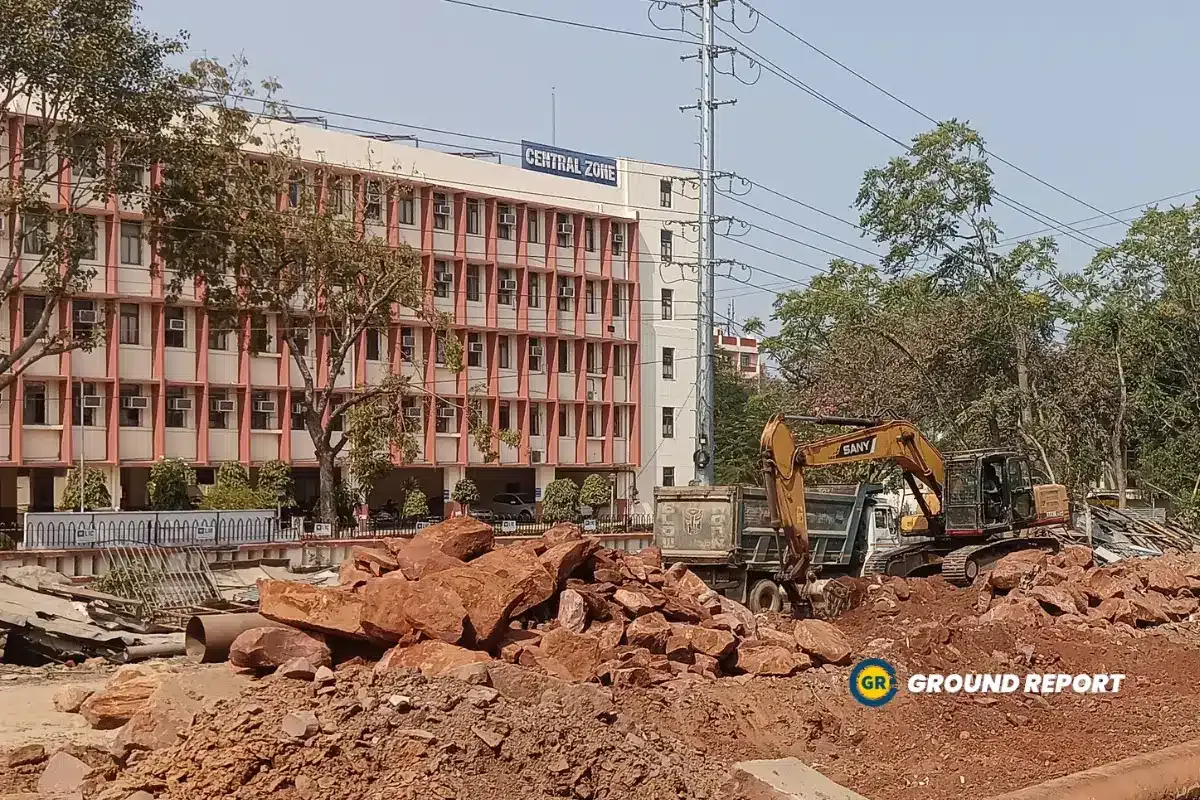
According to the answer, in the state Assembly on March 17, 2023, about 83,000 saplings have been planted instead. But, the question is whether the cutting of these fully grown trees can be compensated by planting new trees. Bhardwaj, who works in an urban forest in Bhopal, says that years-old trees have their ecosystem which gets destroyed by cutting these trees. Elaborating on her point she says,
“Birds, animals and many microorganisms depend on such old and fully developed trees which keep the environment better. In such a situation, due to their cutting, all this gets destroyed which you cannot compensate even by planting thousands of trees.”
Ajay Dubey says that nature is the ‘victim’ of development. He says,
“In the name of development, there has been excessive use of ground and surface water in our cities; both noise and air have been polluted during construction work. In such a situation, every citizen has the right to know how much the environment and himself is being affected by this development.”
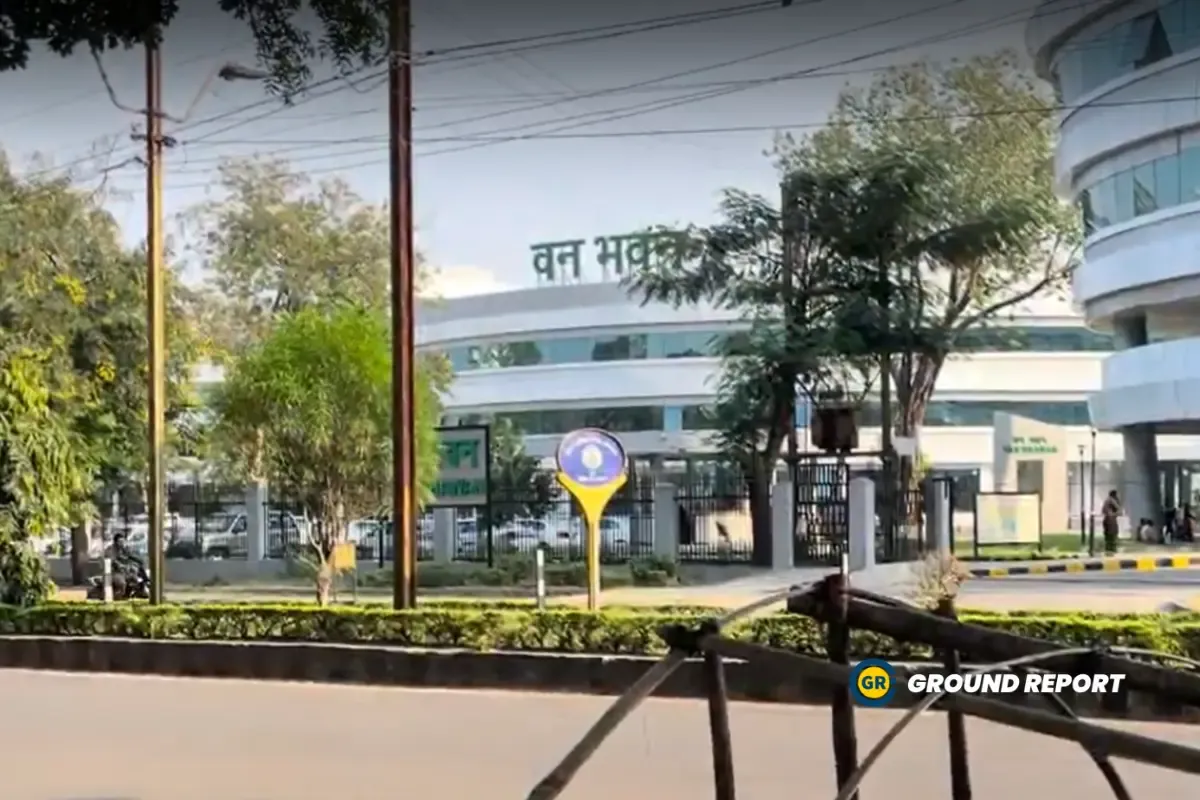
How sustainable are smart cities?
The government wanted to develop such cities as smart cities where citizens could get ‘core infrastructure’ and ‘decent life’. However, like Smart City, the clear definition of these two terms is also not available in the official documents. But according to some documents, these cities will be ‘smarter’ than the existing cities of the country in terms of basic facilities like waste management, energy saving, transport system, water etc. The citizens here will have all the facilities and a clean environment too. But will these cities be sustainable?
Water conditions
Smart City Mission and AMRUT may be different schemes but according to the government itself, both these schemes complement each other to achieve urban transformation. Hence, all the ‘Smart Cities’ of Madhya Pradesh are also included in the AMRUT Mission. But, having a 24-hour water supply in these cities is still like a dream. If we take Bhopal as an example, then for the third time Bhopal Municipal Corporation is trying to supply 24 hours water.
Dr. Pradeep Nandi, Director General of the National Center for Human Settlement and Environment (NCHSE) and environmental expert, says,
“The private colonies in Bhopal are supplying their water using groundwater through bores etc.” He further adds, that if we want to use water sustainably, then we should use surface water and not groundwater.
Important to note that, 85 per cent of drinking water in India is supplied from groundwater only. According to the World Bank, 29 per cent of India’s groundwater blocks are semi-critical, critical or overexploited. In such a situation, due to increasing urbanization, groundwater is continuously decreasing.
Road and Transport
The condition of the ‘Smart Road’ of Smart City should be understood by looking at Hoshangabad Road of Bhopal. As promised, cycle lanes were to be developed on the roadside, but this plan was withdrawn in 2017. Now the condition of the present cycle lane is bad.

The Bus Rapid Transit System (BRTS) corridor is being demolished in Bhopal to widen the roads and control traffic. As per the administration, this will provide relief from traffic and accidents. While one of its officials says on the condition of anonymity,
“The number of vehicles is increasing in the city. In such a situation, there is no guarantee that there will be no jam even if the corridor is broken and the road is widened.”
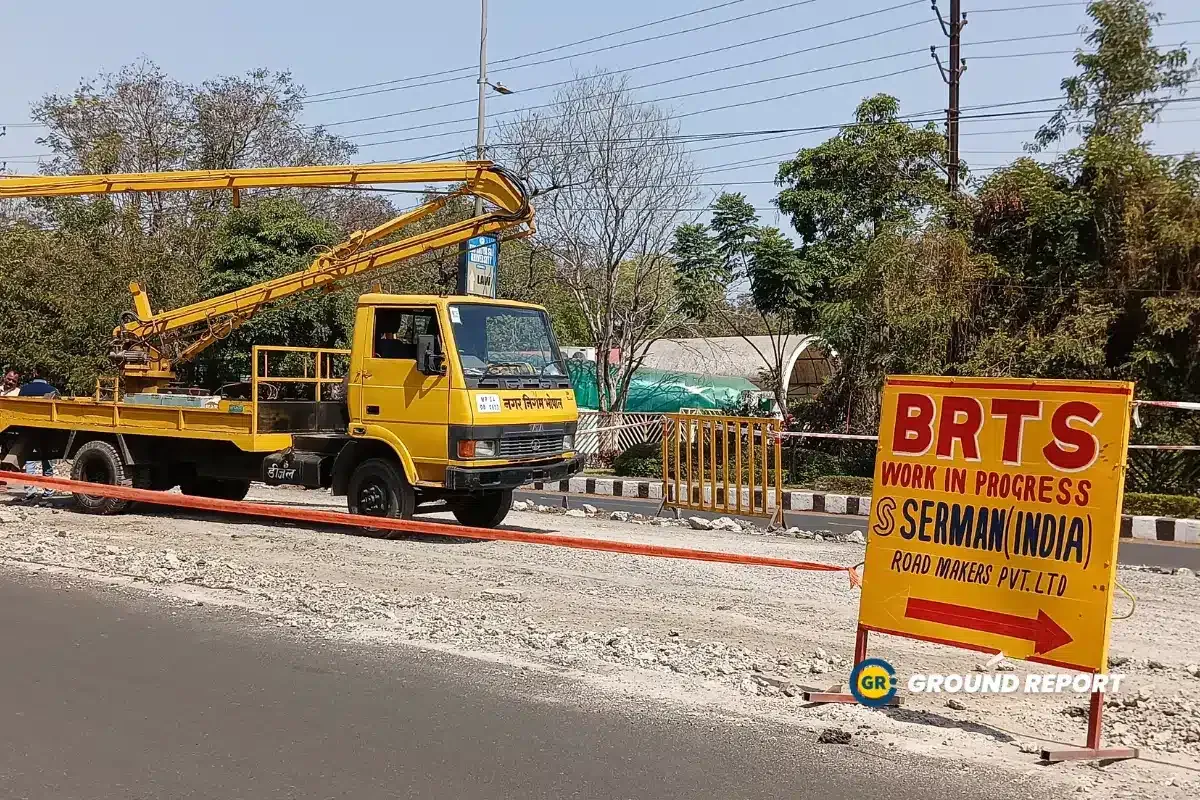
Apart from this, the Public Bicycle Sharing (PBS) project was started in Bhopal. This project has also been put on hold now. A SAAR report also, in a bicycle-related project in Chandigarh, mentioned Bhopal as a failed example. According to the report,
“This project (PBS) has not been able to go beyond the pilot project in the cities of India. For example, there are 500 bicycles in Ranchi, Bhopal and Mysore and their number has not increased beyond this. If Chandigarh is successful in implementing it in the entire city, it will become an example for the entire country.”
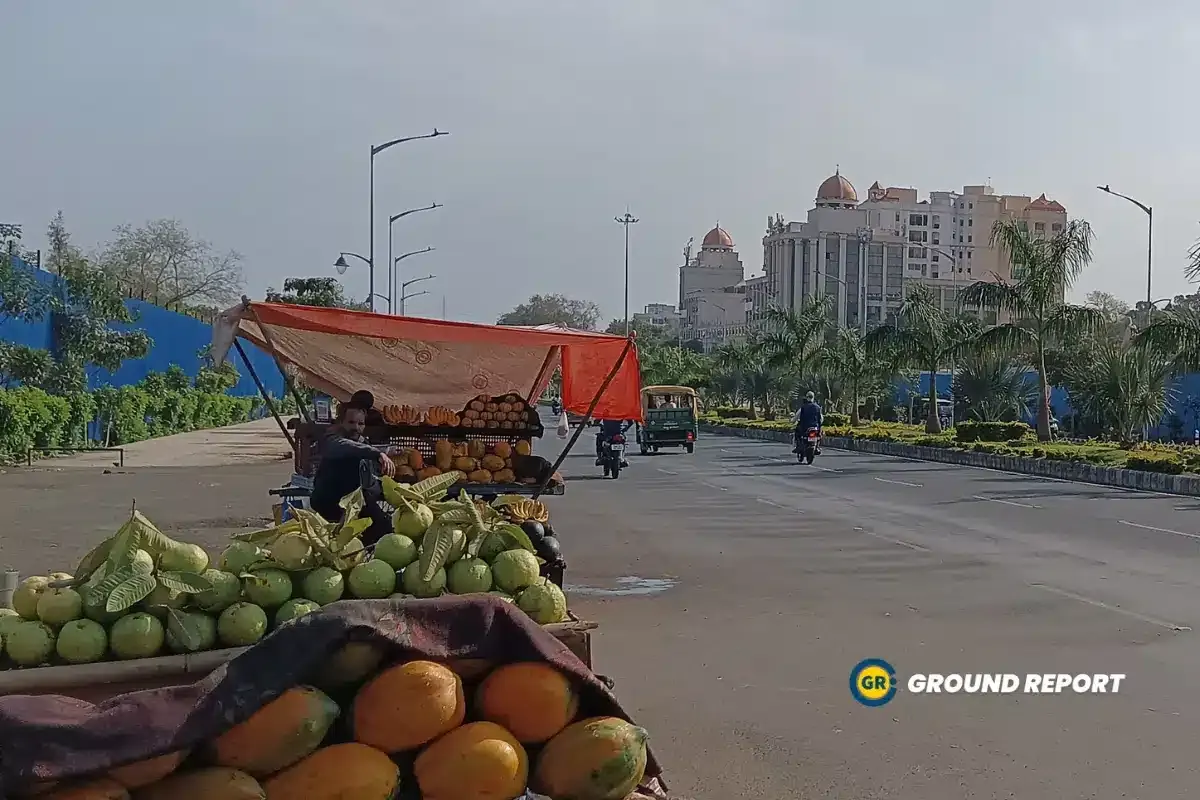
Waste management
Indore and Bhopal, two cities of Madhya Pradesh, are famous across the country in terms of cleanliness. Indore has won the title of the cleanest city in the country 7 consecutive times. Whereas Bhopal is at number five in this list. Both Bhopal and Indore are better in terms of ‘source waste segregation’. According to a study conducted by the Center for Science and Environment (CSE) and NITI Aayog, the waste processing rate is also 100 per cent.
Methane accounts for 14 per cent of the total greenhouse gas (GHG) emissions from the waste sector. In such a situation, methane emissions from landfill sites are a big concern. However, the local bodies of these smart cities of the state do not know how much methane their landfill sites emit in a day.
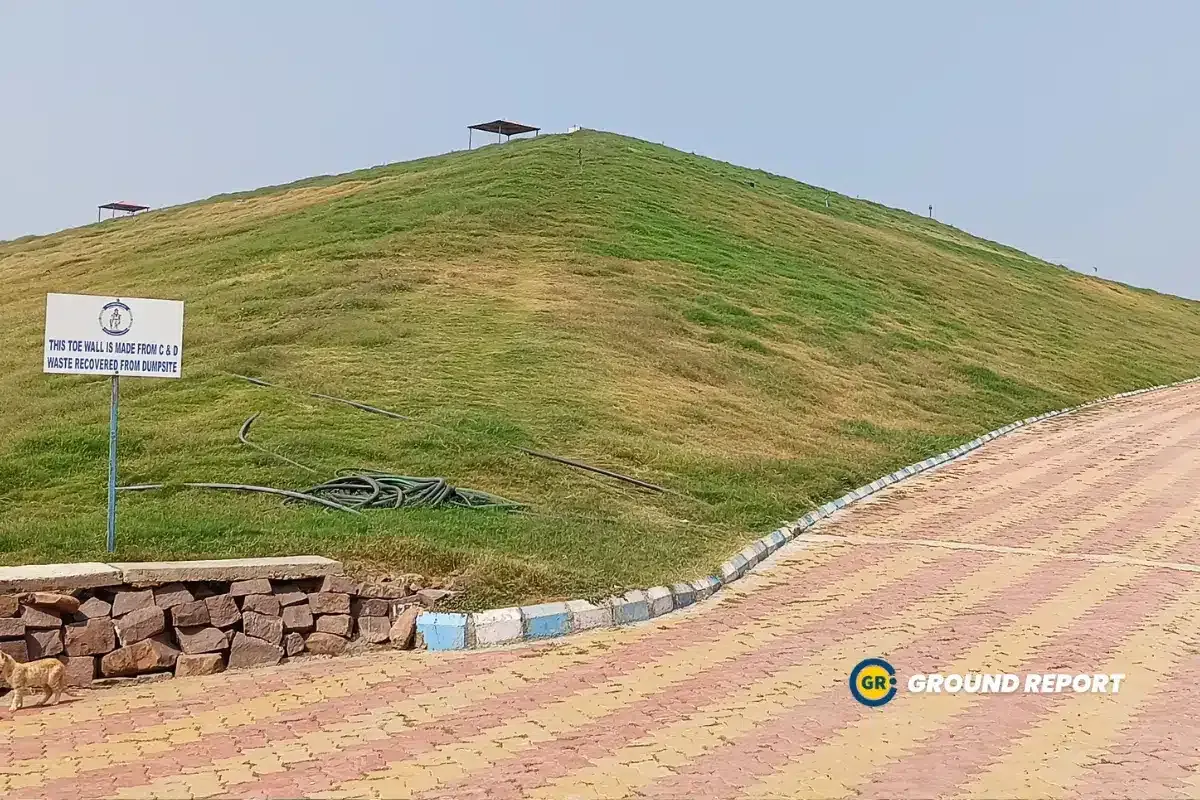
Saurabh Sood, Superintending Engineer of Bhopal Municipal Corporation himself said,
“We don’t have any data on how much methane our landfill sites emit daily. We don’t have any system to track it.”
In the year 2018, the work of reclaiming the Bhanpur landfill site of the district was started by Bhopal Municipal Corporation (BMC). This work was completed in the year 2022 under Public Private Partnership. After this, the Municipal Corporation started dumping waste in Adampur Cantonment, located 14 km from the city. People living near the adjacent areas have raised problems, and concerns with waste burning, and water contamination.
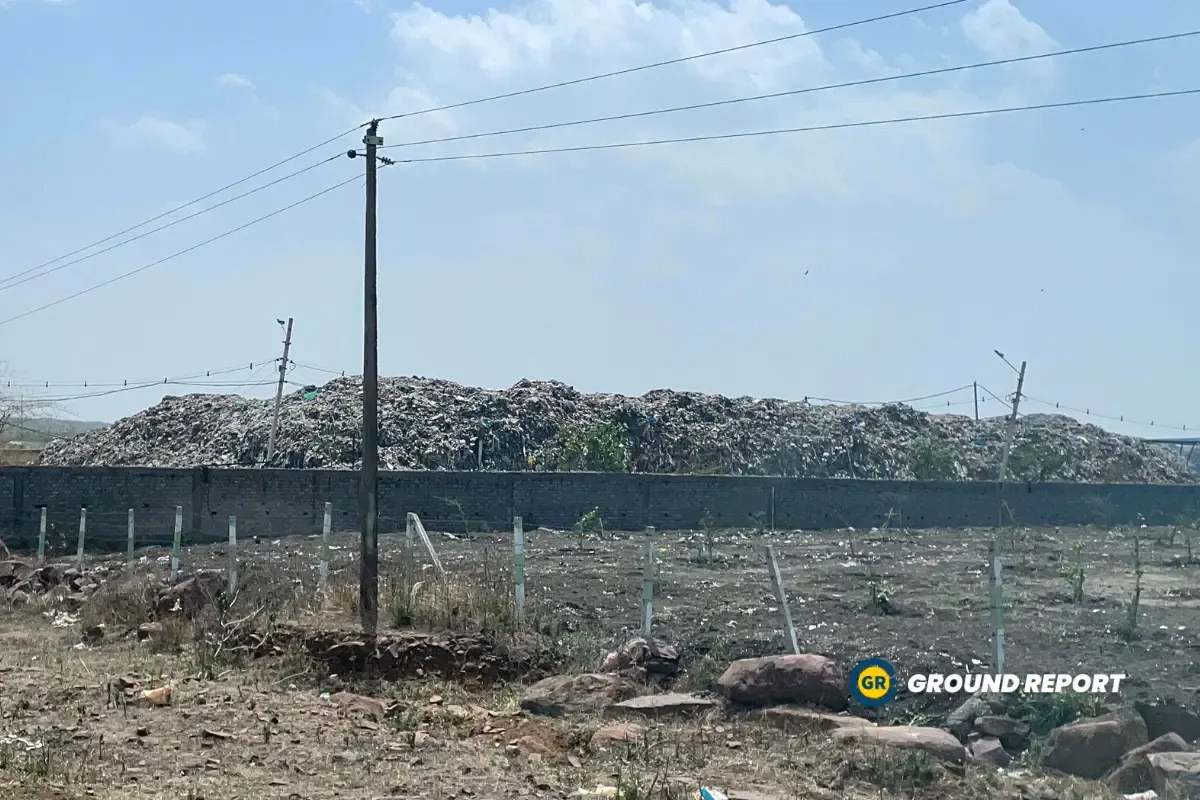
What did we achieve?
From the Bhopal example, it can be understood that the mere completion of the projects will not be enough to fulfil the objectives of the Smart City Mission. All these projects were brought to make the city environmentally better and sustainable. Projects like land monetization, in which a large part of the total amount allocated funds under the mission were invested, appear to have failed. The water supply in the city has also not been arranged sustainably. The roads have been widened in some places but it has not solved the basic problem like traffic. This means that even if the smart city projects are completed by the end of this year, they still do not appear to be fulfilling the objectives of the Smart City Mission.
Keep Reading
Indian agriculture household earns just Rs. 10,218 in a month: Govt
Post-harvest losses still high, reveals data shared in Lok Sabha
Khadi Haat village’s power-free wastewater treatment solution and more
Support us to keep independent environmental journalism alive in India.
Follow Ground Report on X, Instagram and Facebook for environmental and underreported stories from the margins. Give us feedback on our email id greport2018@gmail.com.
Don’t forget to Subscribe to our weekly newsletter, Join our community on WhatsApp, and Follow our YouTube Channel for video stories.








